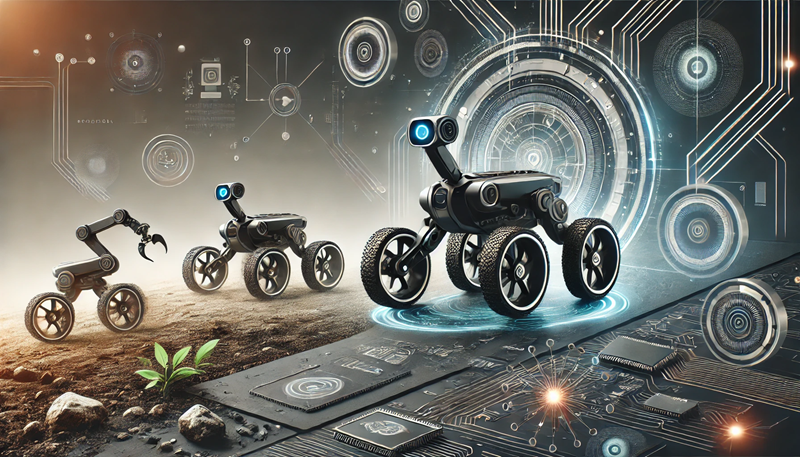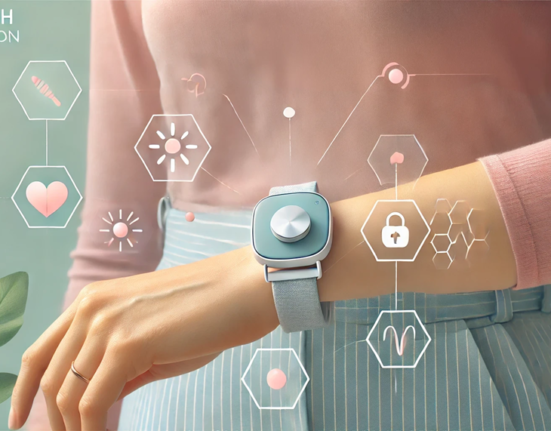The world of robotics is witnessing rapid advancements, and hybrid mobility robots are at the forefront of this revolution. Combining the best features of wheeled, legged, and even aerial robots, these innovative machines are touted as game-changers in industries ranging from healthcare to logistics. But are hybrid mobility robots truly revolutionary, or is their potential overhyped? Let’s dive deep into their capabilities, applications, and limitations to find out.
What Are Hybrid Mobility Robots?
Hybrid mobility robots are robotic systems designed to operate seamlessly across diverse terrains and environments. They integrate multiple mobility mechanisms, such as wheels, legs, and tracks, enabling them to navigate obstacles that traditional robots cannot.
Key Features of Hybrid Mobility Robots:
- Ability to adapt to uneven or challenging surfaces.
- Versatility in switching between mobility modes (e.g., rolling to walking).
- Advanced sensors and AI for real-time decision-making.
How Hybrid Mobility Robots Work
Hybrid mobility robots leverage a combination of hardware innovations and AI-driven software to optimize their mobility. For example, a robot with both wheels and legs can use wheels for speed on flat surfaces and switch to legs for climbing stairs or navigating rugged terrain.
Technologies Behind Hybrid Mobility Robots:
- Dynamic Mobility Systems: For smooth transitions between movement modes.
- Advanced Sensors: Such as LiDAR and infrared for obstacle detection.
- Machine Learning Algorithms: For real-time navigation and decision-making.
Applications of Hybrid Mobility Robots
In Logistics and Warehousing
Hybrid mobility robots are transforming the logistics sector by improving efficiency and reducing downtime.
Use Cases:
- Navigating warehouses with varied flooring types.
- Automating inventory management and order picking.
- Delivering goods in urban areas with uneven terrains.
In Healthcare and Rehabilitation
These robots are proving invaluable in assisting patients and healthcare professionals.
Use Cases:
- Supporting elderly or disabled individuals with mobility challenges.
- Assisting in rehabilitation by adapting to user needs.
- Transporting medical supplies in complex hospital layouts.
In Defense and Rescue Operations
Hybrid mobility robots excel in high-risk scenarios like disaster relief and military missions.
Use Cases:
- Navigating debris-filled areas to locate survivors.
- Delivering supplies in inaccessible or hostile environments.
- Providing reconnaissance in challenging terrains.
The Advantages of Hybrid Mobility Robots
1. Versatility Across Terrains
Hybrid mobility robots are designed to tackle multiple environments, from smooth indoor surfaces to rugged outdoor terrains.
2. Enhanced Efficiency
Their ability to adapt movement modes minimizes downtime and boosts productivity in industrial applications.
3. Advanced AI Capabilities
Equipped with intelligent decision-making systems, these robots can handle complex tasks autonomously.
Challenges and Limitations
While hybrid mobility robots offer remarkable potential, they are not without challenges:
1. High Development Costs
Building robots with multiple mobility systems requires significant investment, making them expensive.
2. Limited Battery Life
Frequent switching between mobility modes can drain the battery quickly, limiting operational time.
3. Technical Complexity
Maintaining and operating hybrid systems can be challenging for non-specialized users.
Are Hybrid Mobility Robots Worth It?
Revolutionary Potential
Hybrid mobility robots undoubtedly represent a significant leap in robotics. Their versatility, coupled with AI advancements, opens up possibilities in industries previously deemed impractical for robots.
Real-World Adoption
Industries such as logistics, healthcare, and defense are already showcasing the tangible benefits of hybrid mobility robots, proving their value in real-world applications.
Room for Improvement
Despite their promise, hybrid mobility robots need advancements in battery technology, cost reduction, and user-friendly designs to reach their full potential.
Future Trends in Hybrid Mobility Robots
1. Integration with IoT
Future robots will connect seamlessly with IoT systems, enabling real-time monitoring and remote control.
2. Improved Power Efficiency
Advances in battery technology and energy optimization will enhance operational durations.
3. Broader Industry Applications
From agriculture to entertainment, hybrid mobility robots will find new roles in diverse sectors.
Hybrid mobility robots are far from mere hype. While they face challenges like cost and technical complexity, their real-world applications and potential for innovation make them a transformative force in robotics. As technology advances, hybrid mobility robots are poised to revolutionize industries, making them a worthy investment for the future.










